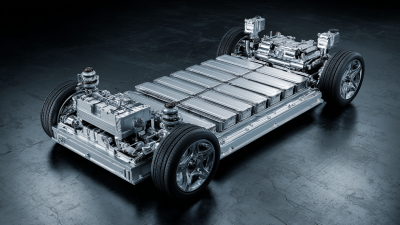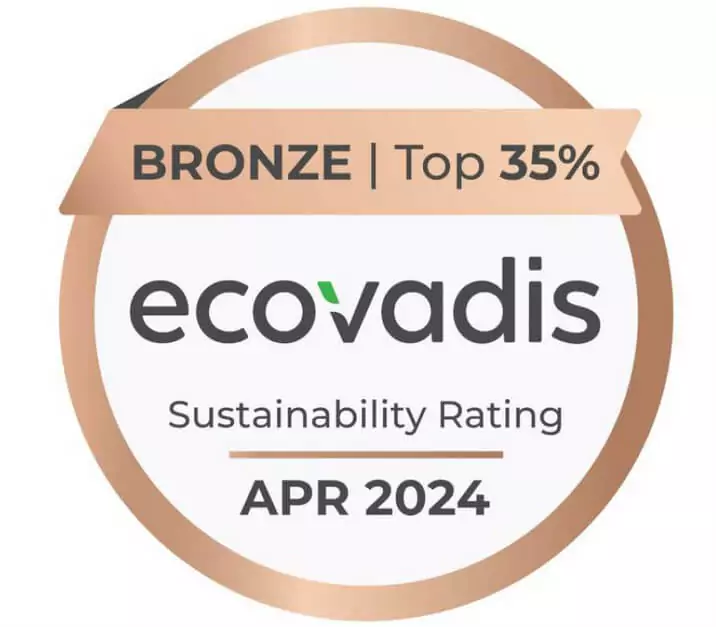The lithium cell market is rapidly expanding, fueled by significant innovations that enhance performance and efficiency.
According to a report by BloombergNEF, the global lithium-ion battery market is projected to reach $94 billion by 2026, driven by advancements in energy density and charging speeds.
One key innovation is the development of solid-state batteries, which promise greater safety and longer life cycles compared to traditional liquid electrolyte batteries.
As per research from IdTechEx, solid-state technology can potentially boost energy density by up to 50%, making it a game changer for electric vehicles and renewable energy applications.
Another critical innovation is the integration of artificial intelligence in battery management systems.
AI algorithms can optimize battery usage, significantly extending their lifespan and improving performance in various applications.
According to the International Energy Agency (IEA), the deployment of AI in battery technology could reduce costs by 20% by 2030, further accelerating the adoption of lithium cells in the energy storage market.
These developments not only make lithium cells more efficient but also address environmental concerns by enabling recycling technologies that can reclaim up to 90% of materials, supporting a sustainable future in energy storage.












